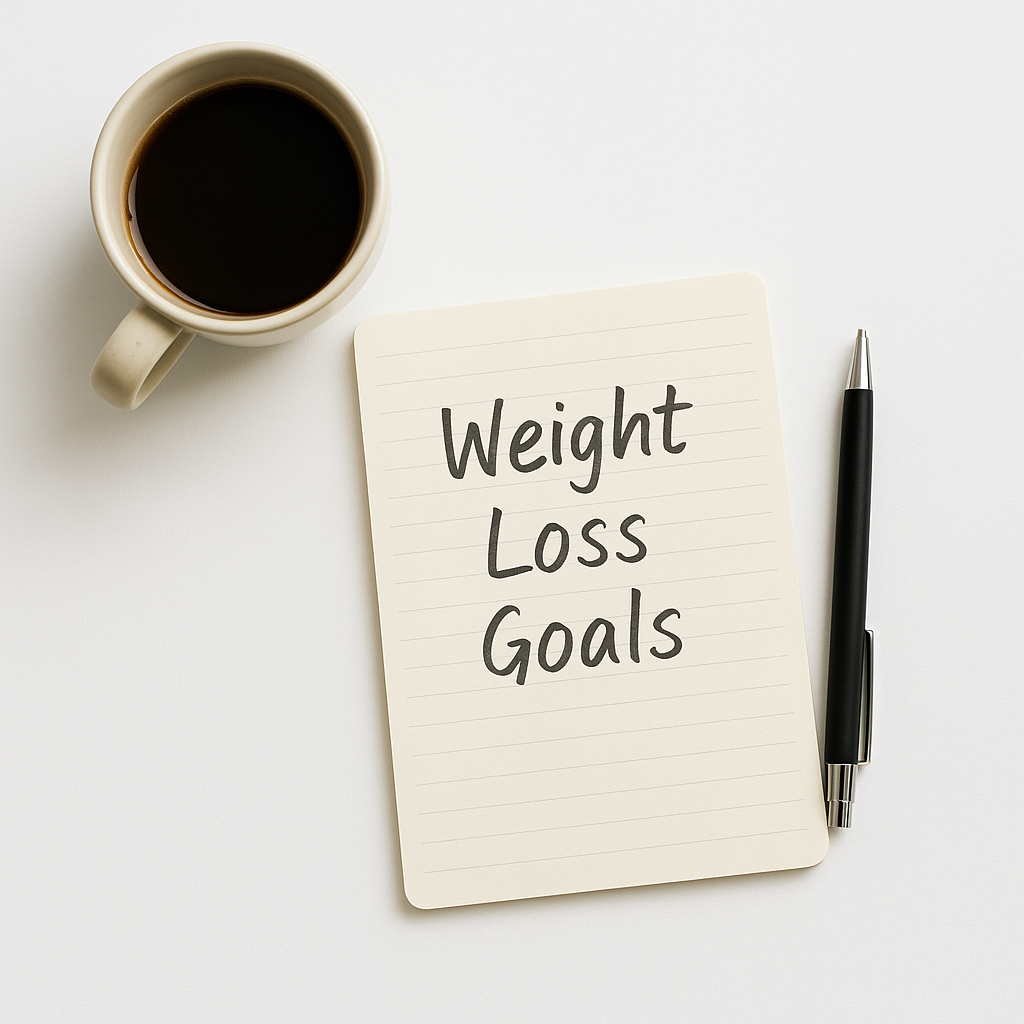
When it comes to weight loss, setting goals is essential — but many people fail because they aim too high, too fast. Unrealistic expectations can lead to frustration, burnout, and eventually giving up. The key? Set goals that are realistic, flexible, and measurable.
Why Unrealistic Goals Backfire
- Too aggressive: Losing 10 kg in a month sounds exciting, but it’s rarely sustainable.
- All or nothing: A goal like “No sugar ever again” leaves no room for slip-ups.
- No strategy: A goal without a plan is just a wish.
What Realistic Weight Loss Goals Look Like
- Start with small targets: 0.5–1 kg per week is both healthy and achievable.
- Behavior-based goals: Instead of “lose 5 kg,” try “walk 30 minutes daily.”
- Time-bound but flexible: Allow room for real-life challenges and adjust if needed.
Tips to Set Achievable Goals
- Break it down: Big goals = small steps. Break your journey into weekly or monthly chunks.
- Track your progress: Use a journal, app, or calendar. Visuals help stay motivated.
- Celebrate mini-wins: Reward yourself (non-food!) when you hit small goals.
- Stay adaptable: If a plan isn’t working, adjust — not abandon.
Bottom Line
Weight loss isn’t a sprint — it’s a journey. Set goals that match your pace, not your impatience. The slow, steady route isn’t boring — it’s sustainable, and that’s what matters.
